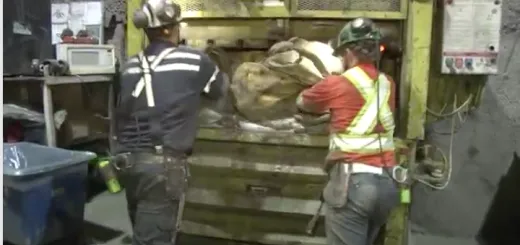Is there a second sun in this photo?
Although these photos are are beautiful, they are probably not real suns. The Earth, of course, only orbits the single sun of our solar system. Any image of a ‘second sun’ would have to be an optical illusion, but no illusion matches the spectacular ‘second sun’ in these photos. For example, taking a photo through double-paned glass, you might get an extra pair of faint, tiny ‘suns’ near the real one because of light reflecting between the two pieces of glass, if you had exactly the right angle.
Could it be the moon? It can’t simply be sunlight reflected off the Earth’s moon because the geometry is wrong: when there’s a full Moon, the moon is on the opposite side of the Earth as the sun, so it gets the light full-face on. That means the sun and the full moon are always opposite each other in the sky, too, not next to one another like these photos. Plus, these images show two objects of nearly equal brightness, and the sun is about 400 000 times brighter than the brightest the moon ever appears, even during a ‘supermoon’. (A supermoon occurs when moon is closer than usual during a full moon; this happens because the moon’s orbit around the earth is slightly oval shaped. So in this circumstance the moon looks about 7% larger and 15% brighter than average during a supermoon event.)
Sun Dogs The closest illusion that comes close to looking like an extra sun is a weather phenomenon known as a ‘sundog’, though they usually come in pairs.
Sundogs are caused by light refracting through ice crystals in the Earth’s atmosphere; because ice crystals are shaped like hexagons, they act as prisms, bending the light from the sun. This can produce a few different effects: vertical and horizontal lines, a circular halo, and two faint images about 22 degrees on either side from the sun. Those images are what we we call sundogs. With the right camera settings, you might be able to get a photo kind of like the one you sent– but a sundog is a much, much fainter image of the actual sun. You can safely look right at it.
Can we predict when a sun dog happens? Well, to make a sundog, we need lots of ice crystals in the air, so a crisp, clear winter day is your best bet; the colder the better. Now that the weather has finally turned, keep an eye out on days like that, and you might just see an ‘extra sun’ or two!
For more information about sundogs, click here for another cool-science post written by Jonathan Jerome!
If you have a question for a scientist, please as us at cool-science.ca




